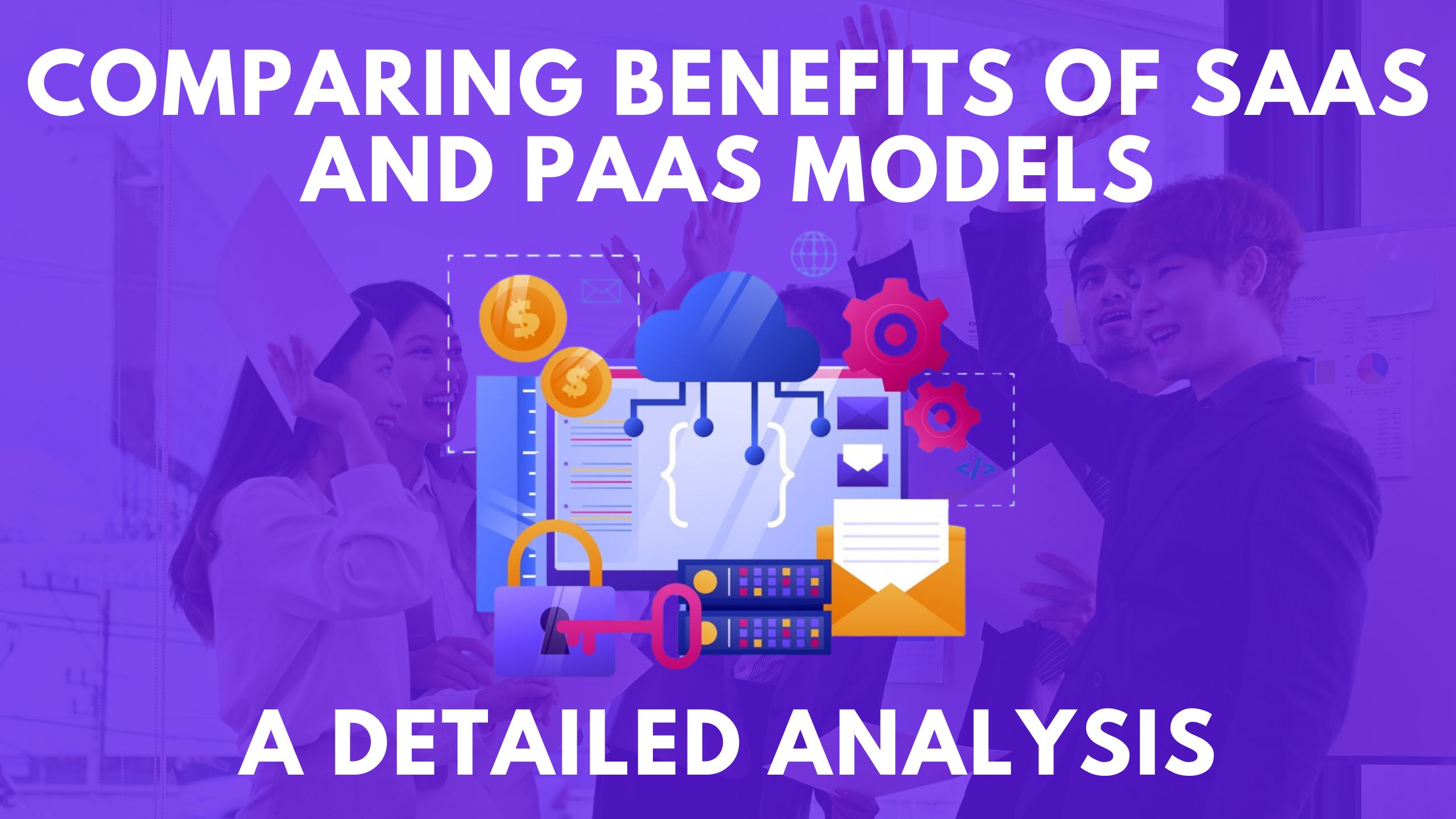Comparing Benefits of SaaS and PaaS Models: A Detailed Analysis
- WebOps Platforms Bug Tracking & Feedback Software Web Development & Design


Comparing Benefits of SaaS and PaaS Models: A Detailed Analysis
In the dynamic landscape of cloud computing, businesses often face the decision of choosing between Software as a Service (SaaS) and Platform as a Service (PaaS) models. This in-depth analysis delves into the distinctive benefits of each model, aiding businesses in making informed decisions that align with their unique requirements.
Understanding SaaS and PaaS Models
Before delving into the benefits, it’s essential to comprehend the fundamental differences between SaaS and PaaS. SaaS provides ready-to-use software applications over the internet, while PaaS offers a platform that allows developers to build, deploy, and manage applications without dealing with the underlying infrastructure.
Benefits of SaaS: Streamlined Accessibility and Cost-Efficiency
Salesforce: Known for its robust customer relationship management (CRM) capabilities, Salesforce is a prime example of SaaS. It excels in providing accessibility, scalability, and cost-efficiency, making it a go-to solution for businesses seeking streamlined operations.
Microsoft 365: Microsoft 365 is a comprehensive SaaS suite encompassing tools like Word, Excel, and Teams. Its benefits include collaborative features, automatic updates, and accessibility across devices, enhancing productivity for businesses of all sizes.
Benefits of PaaS: Flexibility and Development Efficiency
Heroku: Heroku is a PaaS solution that simplifies application deployment and management. Its flexibility and ease of use make it relevant for businesses looking to streamline the development process without the burden of infrastructure management.
Google App Engine: Google App Engine offers a scalable and fully managed PaaS environment. It allows developers to focus on coding without worrying about infrastructure, promoting efficiency and rapid development for businesses.
Red Hat OpenShift: Red Hat OpenShift is a PaaS platform that provides container orchestration and application development tools. Its benefits include enhanced security, scalability, and the flexibility to deploy applications across diverse environments.
Scalability, Security, and Customization
Both SaaS and PaaS models offer scalability, allowing businesses to adapt to changing needs effortlessly. SaaS ensures enhanced security through centralized management, while PaaS grants developers greater customization control for tailored solutions.
Conclusion
Choosing between SaaS and PaaS depends on the specific needs and preferences of a business. While SaaS excels in accessibility and cost-effectiveness, PaaS offers flexibility and development efficiency. Ultimately, the decision should align with the organization’s goals and technical requirements.
Unlock Exclusive Deals with Subscribed.fyi
At Subscribed.fyi, we understand the complexities of managing SaaS subscriptions. Sign up for free today to unlock exclusive deals on 100+ SaaS tools, saving you over $100,000 per year. Manage all subscriptions effortlessly with Subscribed.fyi’s ultimate subscription management solution.
Relevant Links:





